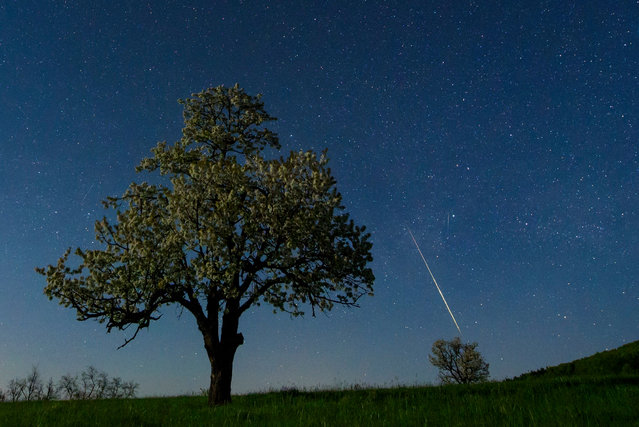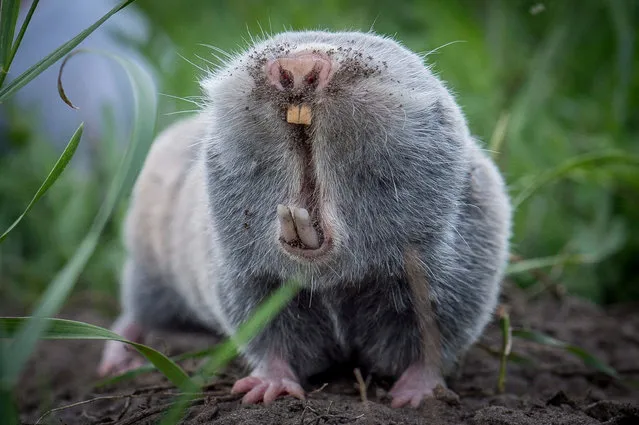
Festival goers blow soap-bubbles at the 28th Sziget (Island) Festival on Shipyard Island, Northern Budapest, Hungary, 15 August 2022. The festival is one of the biggest cultural events of Europe offering art exhibitions, theatrical and circus performances and above all music concerts. (Photo by Marton Monus/EPA/EFE)
25 Aug 2022 05:05:00,post received
0 comments







